By Dharma Senn
We walk along streets for a considerable part of our lives. Metaphorically, of course, as well. One foot in front of the other, carrying ourselves towards our goals. Some prefer bikes or cars instead. Others like to take their time.
But metaphors really have no place on nights where the autumn cold makes us feel giggly, and the lights of advertisements make us contemplative. Faces pass us by, faces we forget the instant they move out of our view. Some of them linger for a few more seconds in the back of our minds and then vanish softly.
Our feet are planted firmly on the ground. The camera accompanying us moves silently about. People look at its lens, see their own reflection in the camera’s eye. Zürich is always full of people, even at night. The city never sleeps.
Continue reading “A Stroll Along a Street in Film”
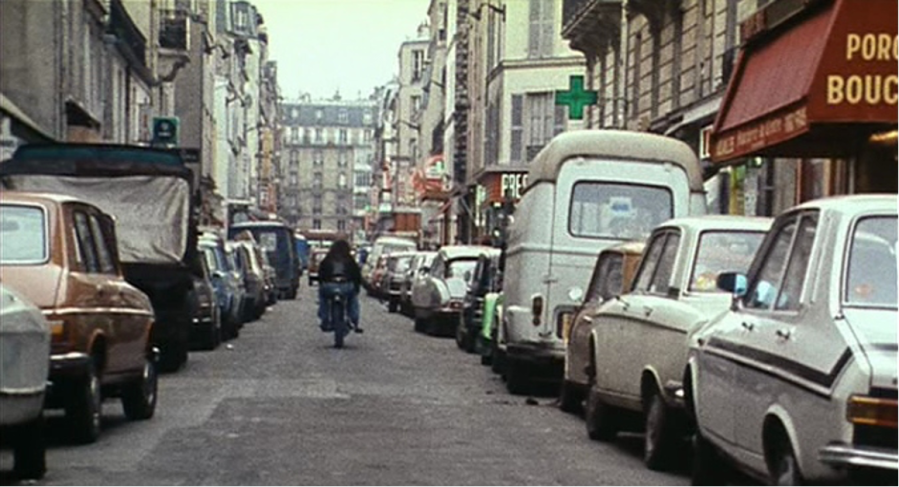
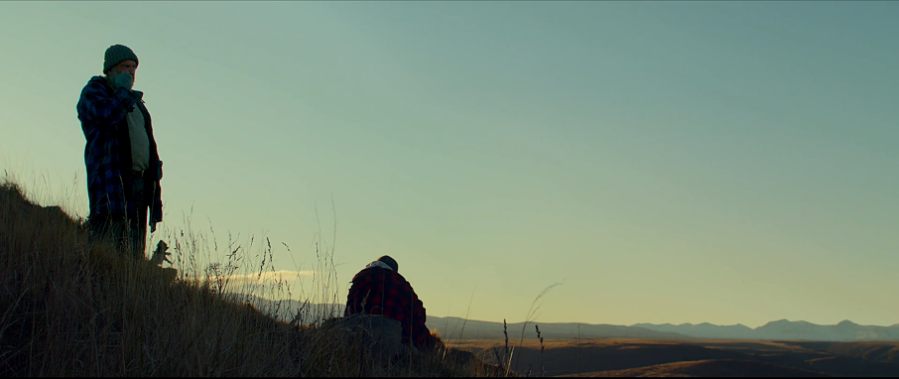
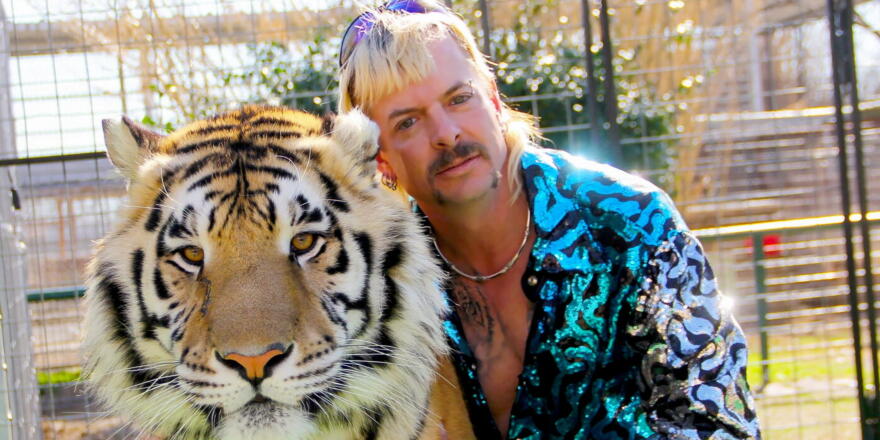
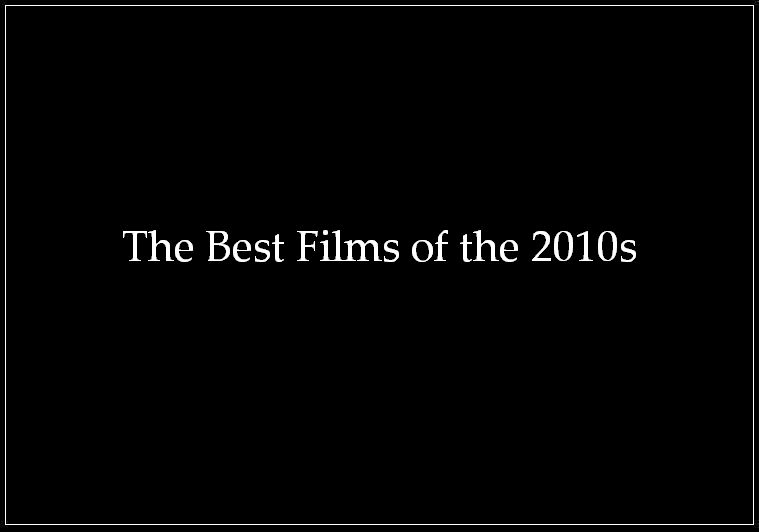

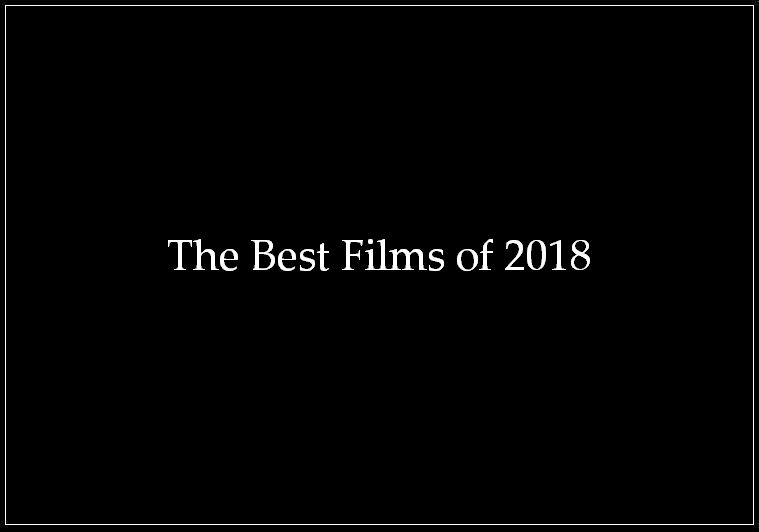
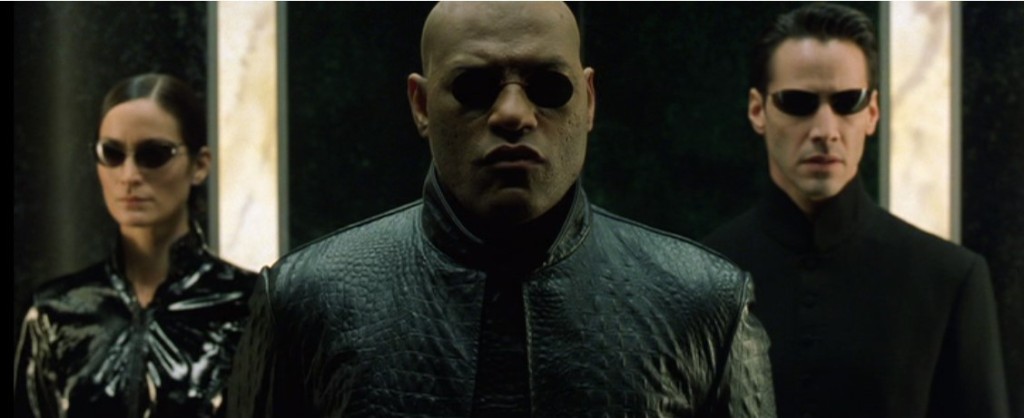
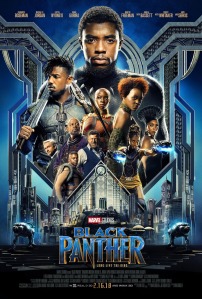 What do Ryan Coogler’s Marvel blockbuster Black Panther and Wes Anderson’s stop-motion adventure Isle of Dogs have in common? Well, there’s the fact that both titles feature animals. Oh, and both are American films that, crucially, are set outside the United States. But the two most important similarities are about reception: not only are both movies among the year’s best so far; few other releases generated as much discussion in the media. You’d think that this fact, along with my opinion of the two films, would be more than cogent reasons for me to review them.
What do Ryan Coogler’s Marvel blockbuster Black Panther and Wes Anderson’s stop-motion adventure Isle of Dogs have in common? Well, there’s the fact that both titles feature animals. Oh, and both are American films that, crucially, are set outside the United States. But the two most important similarities are about reception: not only are both movies among the year’s best so far; few other releases generated as much discussion in the media. You’d think that this fact, along with my opinion of the two films, would be more than cogent reasons for me to review them.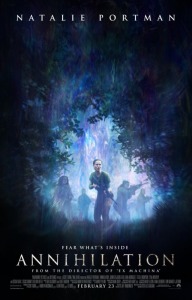 Warning: This review contains major spoilers.
Warning: This review contains major spoilers.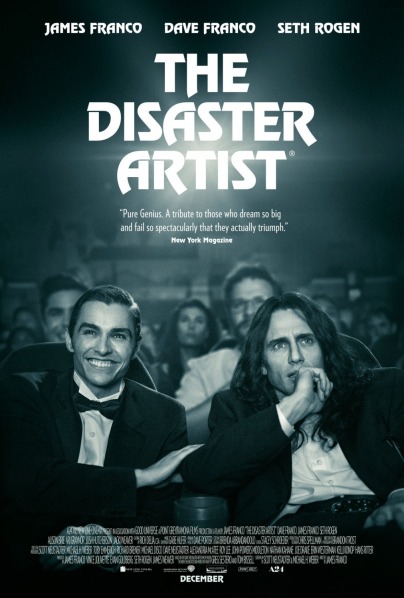 If, for whatever reason, you have managed to elude the pop-cultural phenomenon known as The Room, here is the short version: in 2003, Tommy Wiseau, a mysterious and inexplicably rich eccentric of possibly Eastern European descent, poured millions of dollars into the making of a romantic drama film called The Room. Written, directed, and produced by, and starring Wiseau, it made less than $2,000 during its two-week run but later gained an international cult following for being hilariously awful in every respect.
If, for whatever reason, you have managed to elude the pop-cultural phenomenon known as The Room, here is the short version: in 2003, Tommy Wiseau, a mysterious and inexplicably rich eccentric of possibly Eastern European descent, poured millions of dollars into the making of a romantic drama film called The Room. Written, directed, and produced by, and starring Wiseau, it made less than $2,000 during its two-week run but later gained an international cult following for being hilariously awful in every respect.